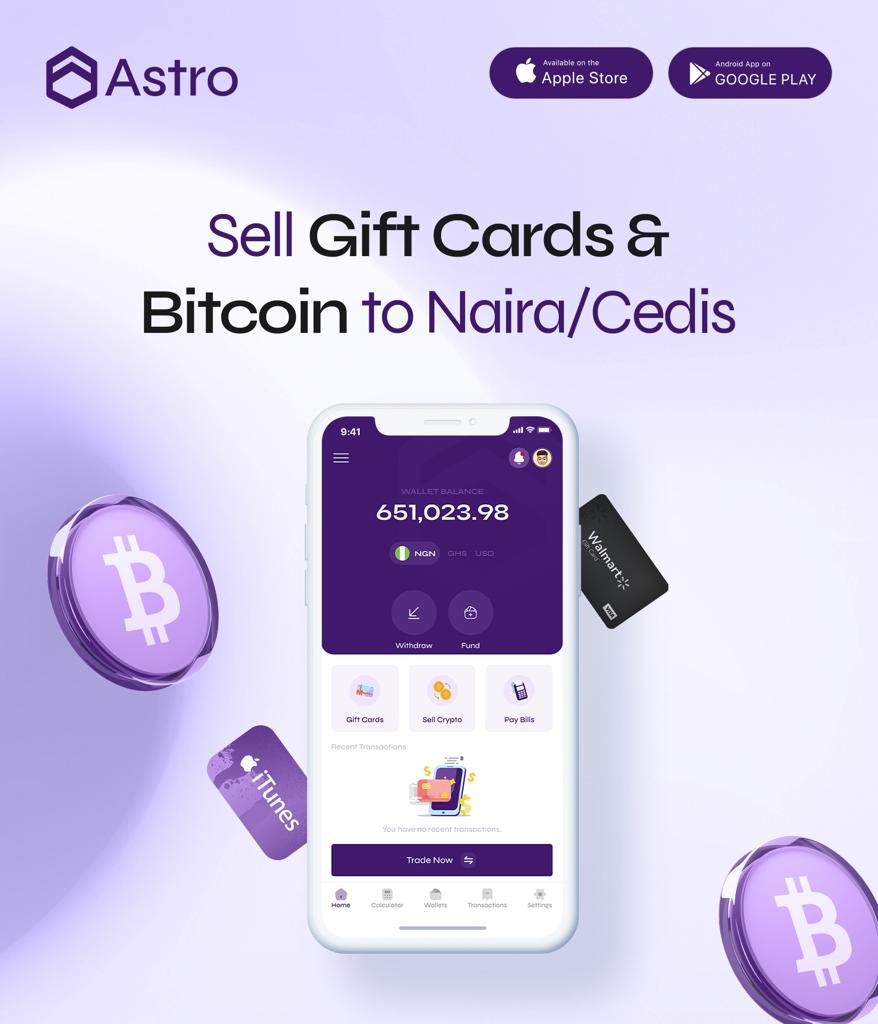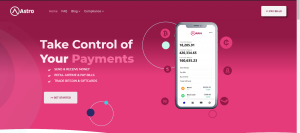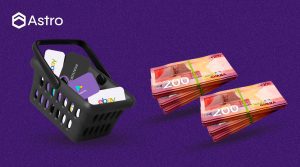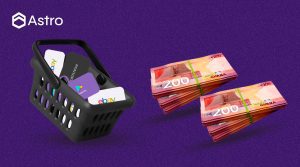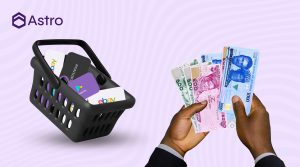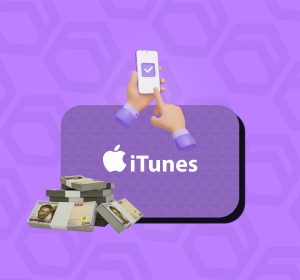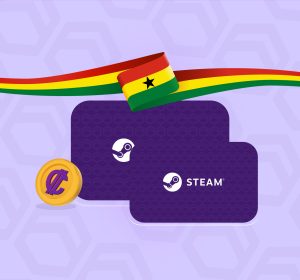How To Identify A Rug Pull; A rug pull in cryptocurrency refers to a deceptive practice where the developers or organizers of a particular project, such as a token or a decentralized finance (DeFi) platform, suddenly and intentionally abandon the project, taking all the invested funds with them. In a rug pull scenario, the organizers typically create an illusion of a legitimate and promising project, attracting investors to contribute their funds. However, once a substantial amount of money has been invested, the organizers execute their exit strategy, which involves abruptly ceasing development, shutting down the project’s website or social media channels, and withdrawing all the funds invested by participants.
How To Identify A Rug Pull

The term “rug pull” is derived from the idea that the organizers metaphorically pull the rug out from under the feet of investors, leaving them with worthless or significantly devalued investments. Rug pulls are often associated with fraudulent or malicious projects where the developer never genuinely intended to deliver the promised product or service. They exploit the trust and enthusiasm of investors to deceive them and make off with their funds.
The highest rate of rug pulls happens within the DeFi (decentralized finance ) platforms, where decentralization and anonymity are prevailing factors in the system. The freedom of operation and lack of control by a regulatory body makes it the most suitable platform to pull this scam.
Rug pulls are a relatively easy scam scheme to organize. Since anyone can create a new token or a DeFi project on the blockchain, scammers would publish a new token or build a DeFi project and give it a name that is fancy enough to attract investors ( an example of this Wakanda coin or Squid coin, both named after popular movies). The scammer builds enough online presence and momentum to drive the price of the coin up. After that, they empty the liquidity and go into thin air, leaving investors with a worthless fancy-named coin. The process is fast and silent – you wouldn’t even notice the money gone. Some Rug Pulls happened as soon as four days after a token went live.

Also read: Protecting Yourself from Pump-and-Dump Schemes
However, hints and signs tell if a newly published coin could be a Rug Pull. There are not that hard to notice once you know what you are looking for. Some professional traders can detect red flags with muscle memory. You can do it, too. Keep reading to learn how Rug Pulls work and avoid them before getting anywhere near your cryptocurrency wallet.
The Common Red Flags
It’s only listed on DEX and has few token holders.
Decentralized Exchange (DEX) platforms are equipped with Smart Contracts to protect traders’ transactions. However, even those can’t verify the validity of a cryptocurrency coin or token. If you can’t find a token or coin on any trustworthy exchange that is only listed on Decentralised Exchanges, it is better to stay away. To further verify your doubt, you can check the token’s number of holders with a block explorer tool. If the number of holders does not pool, say there are five holders in a pool that’s supposed to keep millions of dollars, something fishy is going on.
The project appeared overnight.
Most rug pulls usually pop out of nowhere. Authentic cryptocurrencies or DeFi projects usually take a long time to develop. Fake DeFi projects are usually accompanied by a lot of hype, capitalising on recent memes or movies that are already popular. A recent example of this is the Squid Coin. A project that claims it will revolutionize the crypto world that appeared overnight is probably a rug pull.
Too many promotions
Legitimate cryptocurrencies or DeFi projects thrive on liquidity and results. Rug pulls flourish on attention and FOMO (fear of missing out.)
They will come out with the most energetic influencers and catchphrases and entice you with opportunities that are too good to be true. Some will keep popping up on your social media feeds and invite you to a discord channel just to appear tech-geeky, while others rely solely on influencers and celebrities to spread the message.
If this happens, block the users involved and unfollow whoever promotes the coin. Too much enthusiasm is never a good sign.
Lacks background information
Most rug pulls don’t bother setting up a convincing public profile to list out founders and developers working on the project in case investors decide to seek clarification. If you can’t find any legal information, such as the company’s name, real names of founders, track records of previous projects, etc., it’s a red flag.
Check the liquidity of the project.
The liquidity of a cryptocurrency simply means how easily it can be exchanged for a particular coin or cash. Checking a project’s liquidity is a quick and easy way to know if the project can be trusted. To check the liquidity of a project, simply check the Order Book and check how the token behaves when an order is placed with respect to it. If the price changes a lot, it means it has low liquidity. The higher the liquidity, the stronger the project. However, this is not enough to consider a project not to be a rug pull. You also have to investigate the team behind the project.
